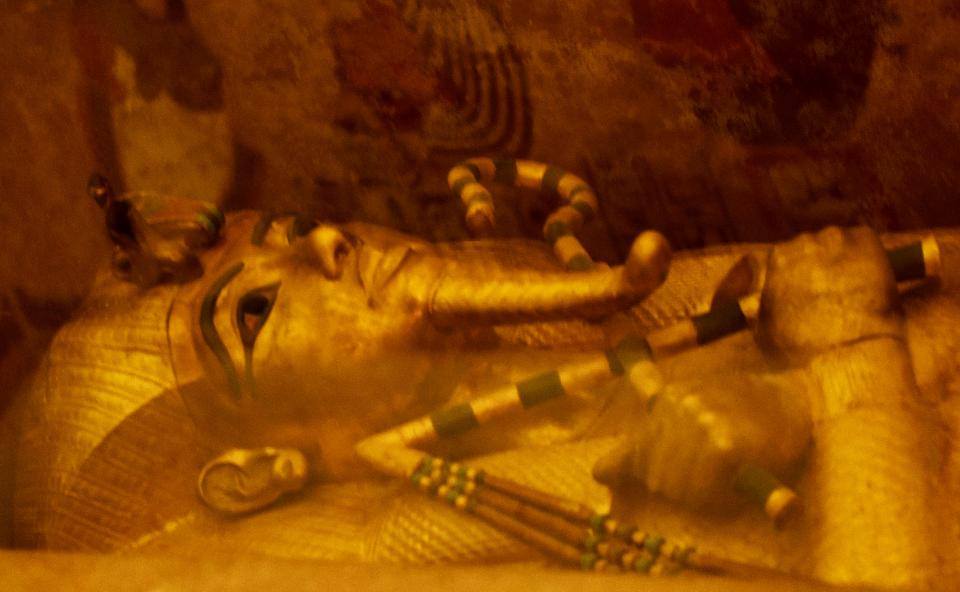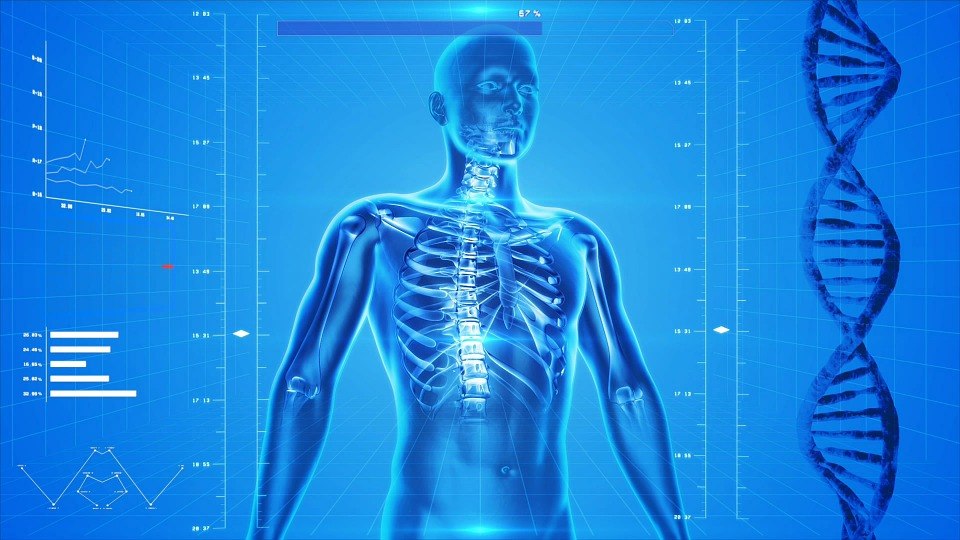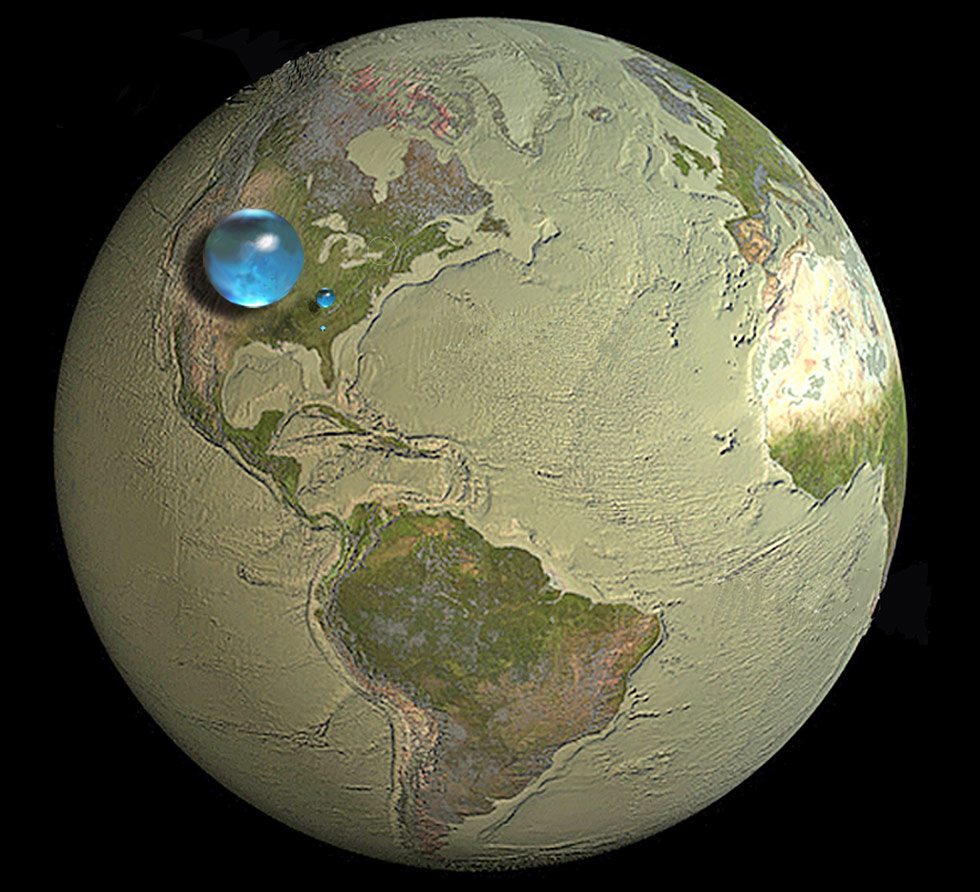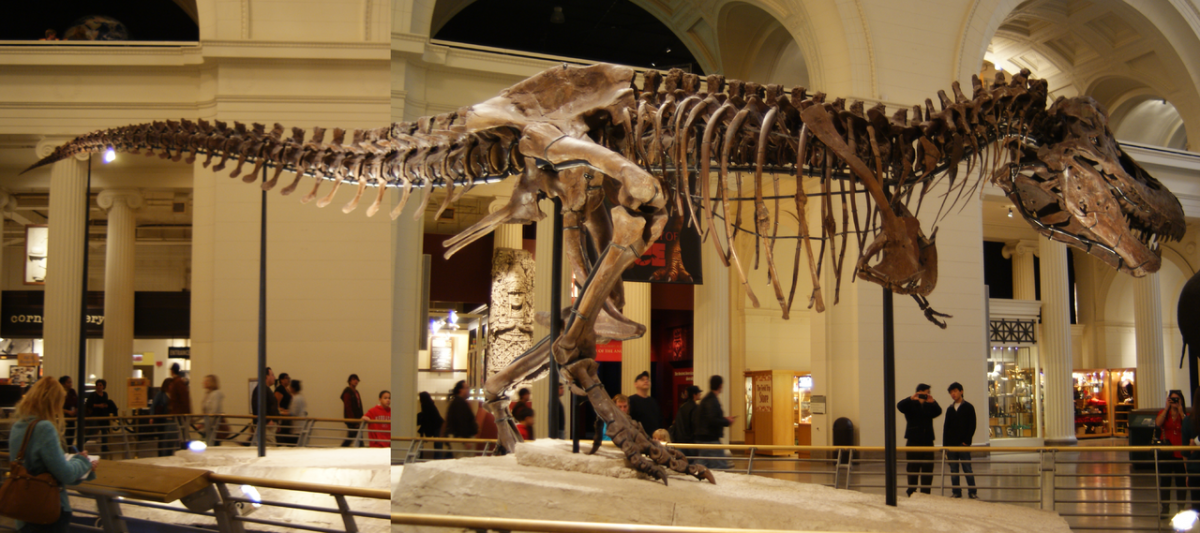Ask Ethan: how many atoms of your body were in Tutankhamen's body?

It is no secret that the human person is more than the sum of all the atoms of her body. The food you absorb, the water you drink, the air you breathe, and everything else that your body absorbs can be used as a raw material to create new molecules, cells, and parts of your body throughout your life. But all this came from somewhere, and that is why our reader wants to know:
I would like to know what are the chances that the atoms of your body were from someone from the past? Like a 0.0001% chance that somewhere in your body there is an atom that used to be part of the pharaoh of Egypt or the king of England. Can science tell us about how atoms circulate on the earth, and where could the atoms of my body come from?
')
Science can not only tell you about it, but also evaluate quite a lot of different parameters regarding what your body consists of.

To begin with, we will dispel your misconceptions and prejudice about what you are. What you think of as yourself, that is, bones, muscles, skin, and other organs, in terms of different cells make up only 4% of the types of cells in your body. The remaining 96% are evenly distributed between blood cells and bacteria. Blood cells, most of which are red blood cells, live only 120 days until they break up, and then they are removed from the body and replaced by new cells created by bone marrow. Bacteria live everywhere - they can be found in a million pieces on every square centimeter of skin, and tens of trillions of bacteria live in the intestinal tract.

At an even more fundamental level, these cells are composed of molecules, which in turn consist of atoms. If we break the human body into atomic components, we find an astronomical number of atoms - and in fact, the number that exceeds most of the numbers related to astronomy is within us. Basically it will be oxygen, carbon, hydrogen and nitrogen.

And these atoms that make up your cells, even the calcium in your bones, are very rarely in your body all your life. They are separated, enter the blood, are filtered by the kidneys and liver, and are eliminated, and new atoms are absorbed and incorporated into molecules and cells. If you compared your body today with a body 7 years old, you would find that about 99.999% has been replaced! But at any given time, your body consists approximately of
• 1.7 × 10 27 oxygen atoms,
• 8.4 × 10 26 carbon atoms,
• 4.3 × 10 27 hydrogen atoms,
• 7.7 × 10 25 nitrogen atoms,
and less than 1% of the rest, including calcium, phosphorus, sulfur, sodium, potassium and chlorine.

Almost all oxygen and hydrogen is acquired through drinking water and breathing air, and almost all carbon and nitrogen are obtained from food. Water and air quickly cycle through the planet, which means that if you were tracking the air of the last exhalation of Hitler, Caesar and Tyrannosaurus, you would have about the same chances to inhale it (assuming that their exhalations were comparable in the number of atoms). But if you traced the carbon or nitrogen atoms that made up their bodies, you would see that they are not necessarily distributed evenly. Since oxygen and hydrogen are the most common elements in bodies, let's compare them with the full atmosphere of the planet and the world's oceans.

The mass of the entire atmosphere is about 5.15 × 10 18 kg, which means that it contains about 4.1 × 10 40 oxygen atoms (and almost 4 times more nitrogen atoms). The sum of all the lakes, oceans, seas, rivers and ice caps weighs about 1.35 × 10 21 kg, which gives us 4.5 × 10 43 oxygen atoms and 9.0 × 10 43 hydrogen atoms. It seems that these numbers are very large, but not large enough compared to the number of atoms in the human body.

If you cremate a person, convert the water contained in the body into steam, wait until it integrates into the water cycle in nature and is evenly distributed on the Earth, and then calculate how many of these hydrogen and oxygen atoms can be found in the body of a random person, you will be surprised how big this figure will be.
1. One of every 2.1 × 10 16 hydrogen atoms in your body was in the body of that person. One of every 2.6 × 10 16 oxygen atoms in your body was in the body of that person.
2. Recall that a typical person contains 1.7 × 10 27 oxygen atoms and 4.3 × 10 27 hydrogen atoms.
3. And this means that the body of any person contains approximately 2 × 10 11 hydrogen atoms (200 billion) and 6.5 × 10 10 oxygen atoms (65 billion) contained in the body of any other person who lived before him.
This is a lot of atoms! This means that hundreds of billions of atoms of Tutankhamen, hundreds of billions of atoms of Hitler or Caesar are contained inside you, and if you go to the distant past, trillions of atoms that were in the body of a tyrannosaurus Sue at the time she died.

There are so many atoms that if you make such calculations for the air contained in the lungs of each of us, it turns out that in any person’s lungs at any time you can find an atom that was in Caesar’s last exhalation (or Lenin, or George Washington, or Alexandra Dumas). The molecules of air and water are fairly quickly and simply evenly redistributed, which means that you can have one or two molecules of air in your lungs that were in the lungs of any other person ten years ago. But carbon, nitrogen, calcium and others are no longer evenly distributed, so there may be a million or a billion of such atoms in your body that have previously been in the body of any historical figure, or you may not have them at all. Since Tutankhamen was mummified, his water and air returned to the earth's circulation, but his carbon and nitrogen did not.
The next time you breathe air or drink water, think about it: you are most likely breathing air or drinking water, a small part of which you share with all people and with all beings who will ever live here. At the atomic level, we are all united deeper than most of us believe.
Source: https://habr.com/ru/post/403355/
All Articles